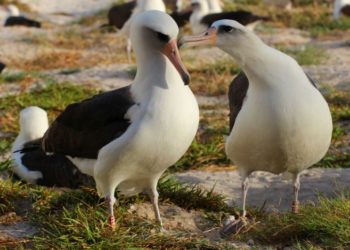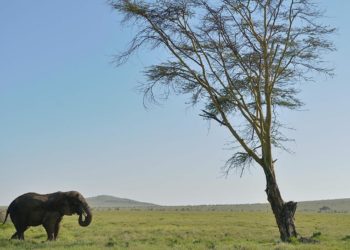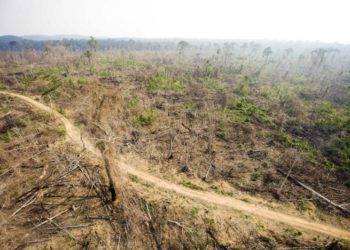At the southern tip of South America, the Tierra del Fuego Archipelago is under attack. Infrastructure, farmlands, and ecosystems are being damaged, and change is afoot. Regions of abundant forests have been felled and flooded. The total cost of the damage in Argentina alone is estimated to be $66 million a year.
Who is this enemy? The North American beaver, an invasive species originally introduced to enrich local economies with the fur trade. Instead, it threatened the area and even spurred other invasive animals like the muskrat and mink to thrive, with even greater cascading consequences.
Invasive species like the North American beaver are among the leading causes of extinctions, which are on the rise despite the efforts of conservationists.
Extinction and Biodiversity
Around one million animal and plant species are threatened with extinction, and while the eradication of invasive species are possible in certain circumstances, the scope, scale, and pace of these interventions have failed to help meet global goals to preserve biodiversity. In the case of the North American beaver, estimates suggest that the trapping used was only around 13 percent effective.
The consequence, as seen in Tierra del Fuego, is not just the loss of rare and endangered species and habitats, but the natural resources that people rely on for their economies and livelihoods — the very foundations on which families and communities build prosperous, fulfilling, and sustainable lives.
Discussions around conservation often center on saving threatened animals and plant life for biodiversity’s sake alone, but protecting them directly impacts humans too; and we are desperate for new solutions, without which both biodiversity and the people that rely on healthy ecosystems are at risk.
To make real progress in protecting our ecosystems for the benefit of all, conservationists need new tools and innovation to make up ground in controlling invasive species.
So, as decision makers prepare to set out new and ambitious targets for protecting biodiversity, the world is at a tipping point and faces three possible scenarios.
Business as Usual
The first scenario is business as usual, in which the sixth mass extinction will continue to play out. Not only will this cause irreversible losses of wildlife and ecosystems worldwide, it will take with it and threaten the very human lives and livelihoods that are also a part of the landscape.
The current trends of biodiversity loss undermine progress on 35 out of 44 targets under the UN’s Sustainable Development Goals including reducing poverty, hunger, and inequality. Global economies will be damaged with biodiversity loss costing as much as $2.7 trillion per year as a worst-case scenario.
Eliminating Invasive Species
Another path would mean successfully eliminating the most damaging invasive species, but even this does not guarantee the world meets its biodiversity targets.
Based on current figures, the loss of those considered critically endangered alone would still amount to thousands of species gone forever. And this includes only those on the brink of extinction now, not those that will become endangered in coming years.
Furthermore, this scenario fails to address the impact of extinctions on people, their livelihoods, and wellbeing. Islands, for instance, are particularly vulnerable to invasive species and their impacts, which include altered ecosystems, food supplies, and the diminishing ability for people to maintain their livelihoods, as well as a greater risk of health issues from the spread of infectious diseases.
By 2020, the aim was to have stopped extinctions of threatened species and eradicated invasive species, preventing impacts on those most vulnerable. These targets were comprehensively missed, which means conservationists and those that can implement effective solutions need new ideas and methods if they have any hope of meeting them in time.
Best-Case Scenario
The best-case scenario for fighting biodiversity loss and protecting livelihoods, communities, and economies is to evaluate all the tools at our disposal in a considered, deliberate, and proactive manner.
This includes considering tools in development, such as the species-specific rodenticides that allow us to remove invasive rodents without the impact on non-target species, or the use of contraception to slow population growth, or genetic techniques to breed out invasive species.
The invasion of the North American beavers in the Tierra del Fuego Archipelago illustrates the limitations of traditional tools, which are unable to address the urgency for action. The Chilean and Argentinian governments are collaborating on an eradication plan for the beavers, but getting rid of them has proved a difficult task.
To create lasting and sustainable opportunities for stemming the extinction crisis, we need to consider both the scientific evidence of the hope and promise of new tools, and the non-science elements. We need new business models and social approaches that incorporate conservation into local economies to the benefit of both.
As the rate of endangered species, especially on islands, grows, we must make use of all the tools available to us if we hope to protect both biodiversity and the communities that rely on them.
Disclaimer: The views and opinions expressed here are those of the author and do not necessarily reflect the editorial position of The Globe Post.





















